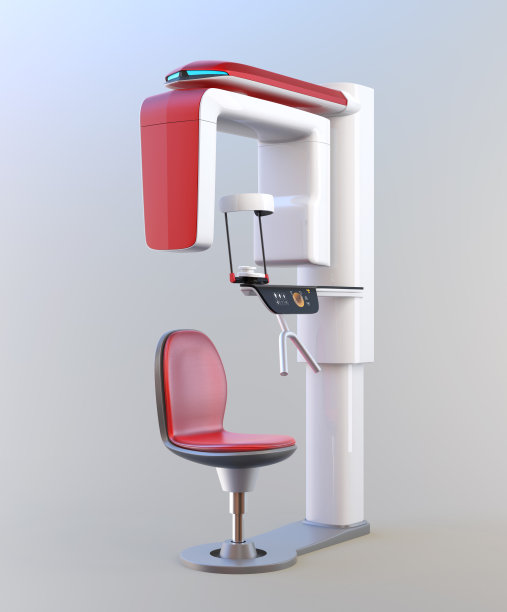Essential Guidelines to Ensure a Safe and Effective Dental Filling Experience for Patients and Practitioners
Summary: Ensuring a safe and effective dental filling experience is paramount for both patients and practitioners. This article outlines essential guidelines that encompass pre-treatment preparations, the filling procedure, post-treatment care, and the importance of patient-provider communication. By adhering to these guidelines, dental professionals can enhance patient outcomes while fostering trust and comfort. Likewise, patients can arm themselves with knowledge to engage better in their own dental health. These comprehensive insights hope to bridge the gap between expectations and realities faced during dental filling procedures.
1. Pre-Treatment Preparations for Success

The foundation of a successful dental filling experience lies in effective pre-treatment preparations. For practitioners, this begins with a thorough examination, ensuring that the patients dental history and current health conditions are carefully reviewed. This assessment can uncover potential allergies, sensitivities, or medical conditions that may affect the treatment, allowing for a personalized approach.
For patients, understanding the importance of pre-treatment can significantly enhance their experience. Engaging in an open dialogue with dental practitioners helps patients voice any concerns or preferences regarding the procedure. This cooperation not only fosters trust but also allows professionals to tailor their approach, addressing any anxieties related to the filling process.
Moreover, both parties must ensure that all necessary equipment and materials are prepared and sterilized. This not only safeguards the patient鈥檚 health but also streamlines the procedure, reducing stress and time in the dental chair.
2. Executing the Filling Procedure with Care
The actual filling procedure requires precision and care to ensure a safe and effective experience. Dental practitioners must follow established protocols, using high-quality materials suitable for the patients needs and preferences. This includes choosing the right type of filling material, which can vary from composite resins to amalgam, each with its benefits and drawbacks.
During the procedure, maintaining a sterile environment is crucial. Practitioners should use protective barriers and ensure all instruments are sanitized to minimize infection risks. Adequate suction and lighting also play essential roles in facilitating visibility and comfort, thus contributing to a smoother process.
Patient comfort during the filling procedure should not be overlooked. Dental professionals are advised to employ local anesthesia effectively, ensuring patients experience minimal discomfort. Communication is vital during this phase; practitioners should continuously check in with patients, allowing them to express any discomfort or unexpected sensations throughout the filling process.
3. Post-Treatment Care and Guidance
After the dental filling procedure, proper post-treatment care is crucial for recovery and successful outcomes. Patients should receive clear instructions on how to care for their dental fillings, including dietary restrictions and oral hygiene routines. Simple guidelines like avoiding hard, sticky foods for a few hours can help improve healing.
Practitioners should emphasize the importance of monitoring for any unusual symptoms following the procedure. This includes sensitivity to temperature, pain, or changes in the filling鈥檚 appearance. Patients should be encouraged to report anything concerning, ensuring prompt intervention if necessary.
Follow-up appointments can also serve as a reassurance measure. Scheduling these sessions provides practitioners the opportunity to evaluate the fillings integrity and make adjustments if needed, helping to prevent further dental issues.
4. Importance of Patient-Provider Communication
Effective communication between the patient and practitioner is fundamental throughout the dental filling experience. Before, during, and after treatment, open dialogue helps manage expectations and alleviate anxiety. Patients should feel empowered to ask questions and express concerns; their feedback can guide practitioners in providing more personalized care.
Additionally, practitioners must ensure that patients fully understand their treatment options and the rationale behind each decision. Providing clear, accessible information can demystify the process, enabling patients to make informed choices that align with their comfort levels and dental health goals.
Finally, establishing a rapport through consistent communication can lead to better adherence to post-treatment care guidelines. When patients feel heard and valued, their satisfaction with the dental experience tends to improve, enhancing their overall oral health journey.
Summary:
In this article, we explored essential guidelines that foster a safe and effective dental filling experience for both patients and practitioners. By focusing on pre-treatment preparations, executing the filling procedure with care, post-treatment processes, and the significance of communication, we highlight the importance of collaborative healthcare in dentistry. These practices not only enhance treatment outcomes but also build lasting patient trust, leading to a healthier future.
This article is compiled by Vickong Dental and the content is for reference only.



